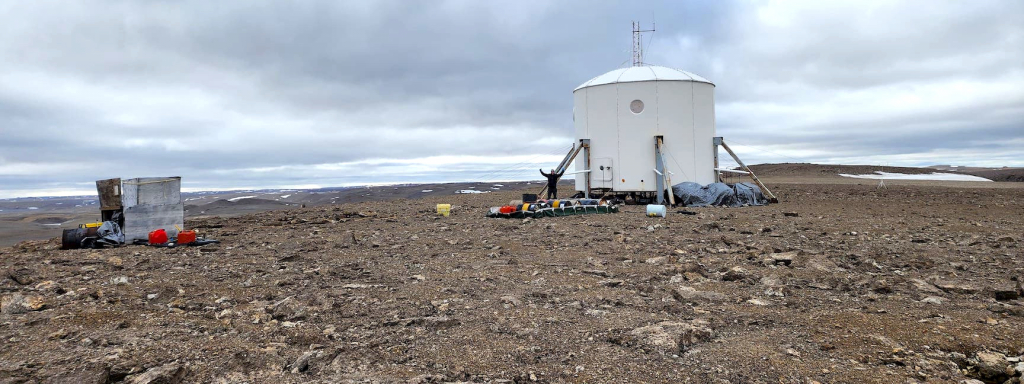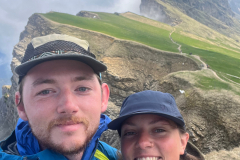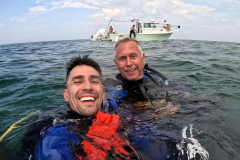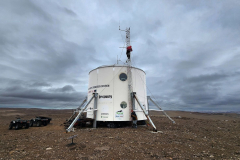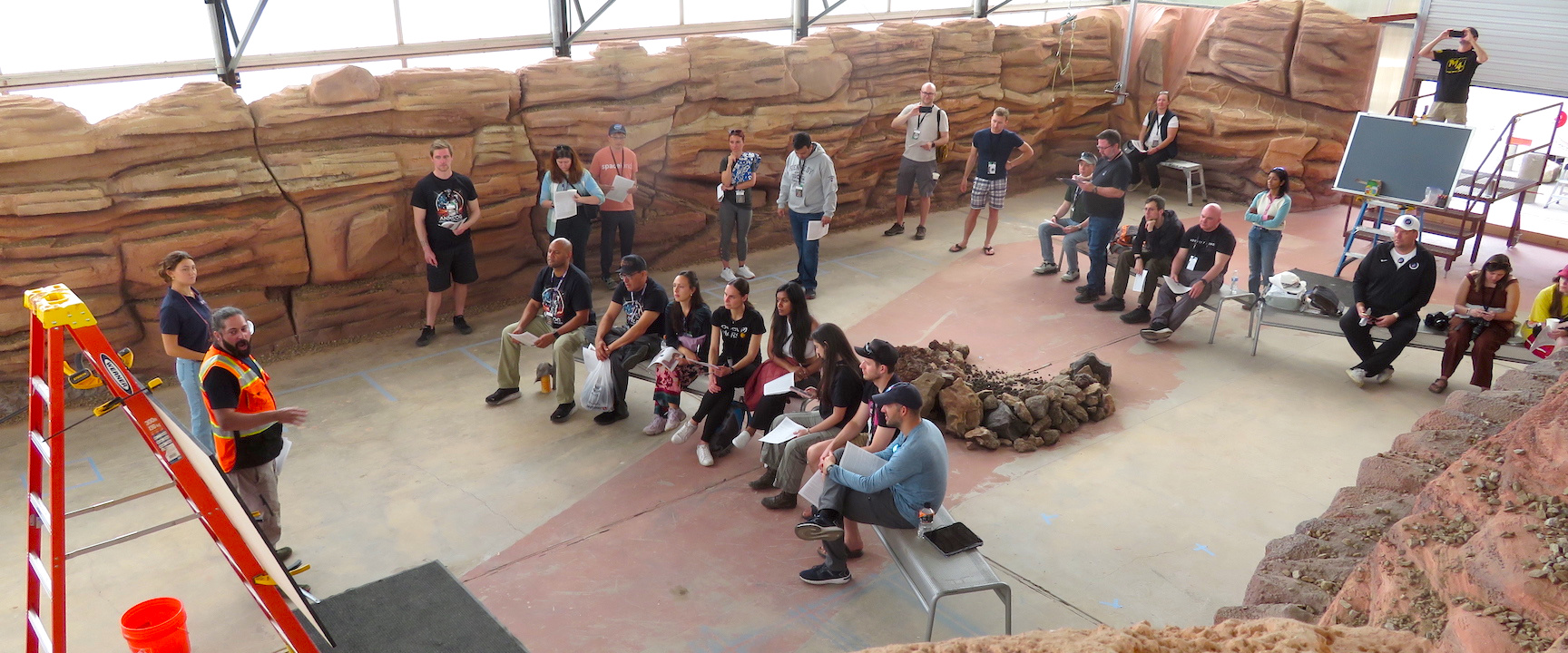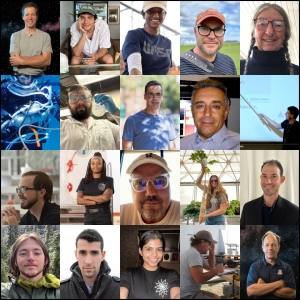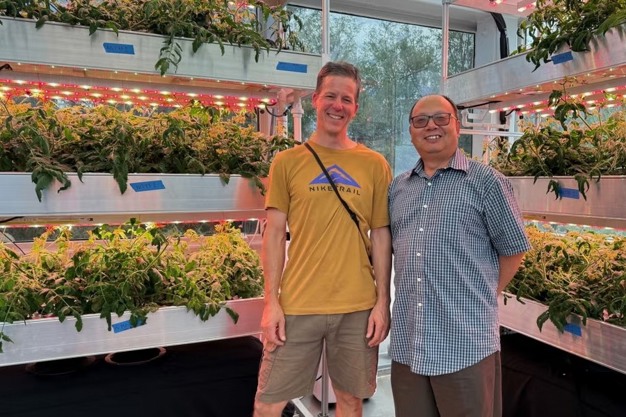SAM team member Matthias Beach reflects on Flashline
Crew: Matthias Beach, Jim Colletto, Andy Greco, Aubry Poilane, Ciaran Trevino, Terry Trevino, and Rhett Woods.
Devon Island is a place that has inspired hundreds to visit and study its unique environment, resembling something out of a sci-fi movie and, more importantly, Mars. On this island sits the Flashline Mars Arctic Research Station, perched on the rim of Haughton Crater, an ancient impact site from some 30+ million years ago.
I have recently returned from there, having been chosen as part of The Mars Society’s Advance 1 (‘A-Team’). Our mission: to get to the facility, secure the perimeter, open it up, do any maintenance and upgrades we could accomplish in seven days (which got condensed to five due to weather), prepare it for the following two teams (Crews 17 and 18), and exit stage-left upon Crew 17’s arrival. We were positioned to set them up for the best possible scenario: maximizing [their] research. This approach seemed to work really well, despite the hiccups in getting to the island from Iqaluit.
We were able to get a record amount of work done, including [installation of] a new ventilation system, hot-water heater, baseboard heaters, trash bagged and hauled out, and de-winterizing ATVs. As XO and electrician, I was tasked upon arrival to establish power to the facility, catapulting me into becoming very intimate with [the] generators and power cabling system very quickly! Both generators (‘Gen-A’ and ‘Yellow Submarine’) fired up, thankfully, eager to work again after their long slumber. The rush of excitement radiated through my veins, knowing full well that we were critically reliant on this working!
Three of us ventured down to collect water from a crystal-blue stream of ice melt about half a click from the Hab, filling our jugs before heading back. While the others worked on installing a new header tank and water heater, I got familiar with the place by locating tools, going through bins and cabinets, and mapping out cable runs for the three baseboard heaters I was tasked to install. After a couple of days and a few helping hands, all heaters were wired and mounted on the walls with thermostats to each heater. I was also privileged to assist fellow ham operator Jim Coletto in setting up the ham radio station, requiring me to climb the tower and string antenna cable from the top of the Hab down to another tower a few dozen feet away. Amazingly, he was able to reach over 320 contacts in at least a half dozen countries—truly astounding!
On the final day, I stood at the edge of the crater minutes before our ride came, marveling at its vastness and how sad I was to leave. I was just getting used to this fast-paced environment, my amazing crewmates and the 24 hour sun. None of us ventured into the crater on this trip, but next year I’ll be sure to make that happen. I believe that in order to thrive off-world we will need more of these types of remote stations to research and study ways of doing so, for the sake of expanding humanity into the cosmos.
Now back to SAM!


